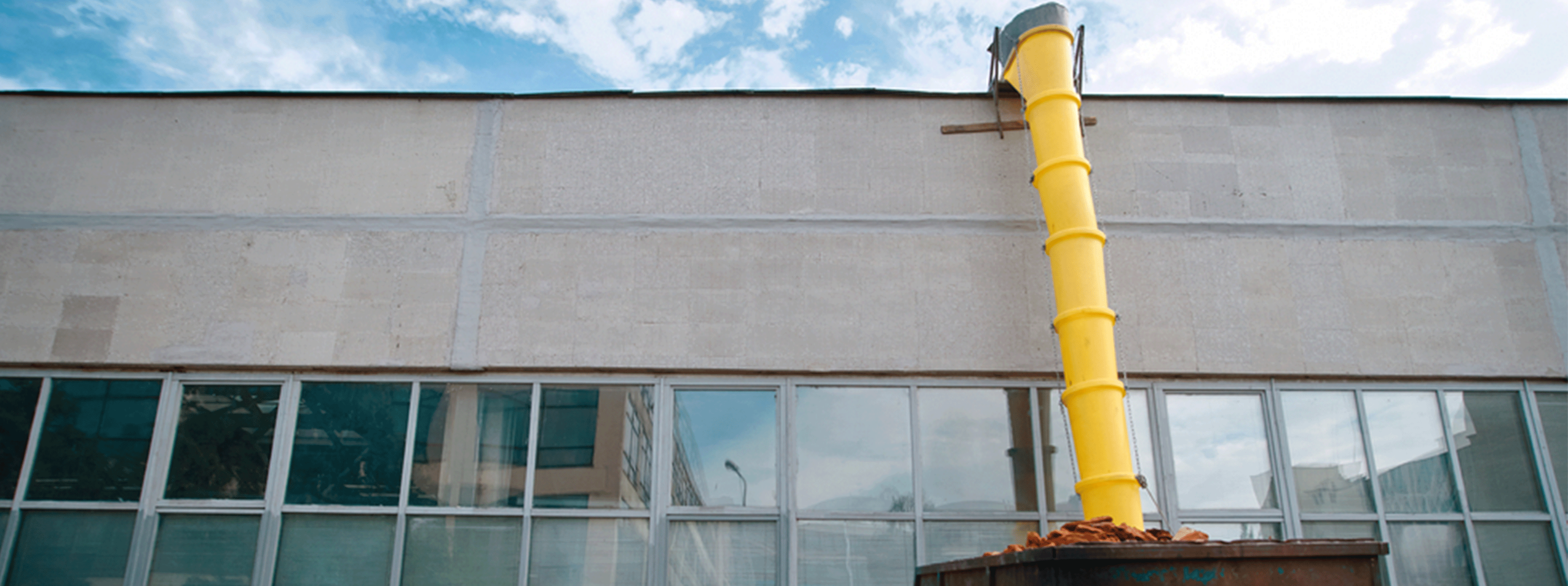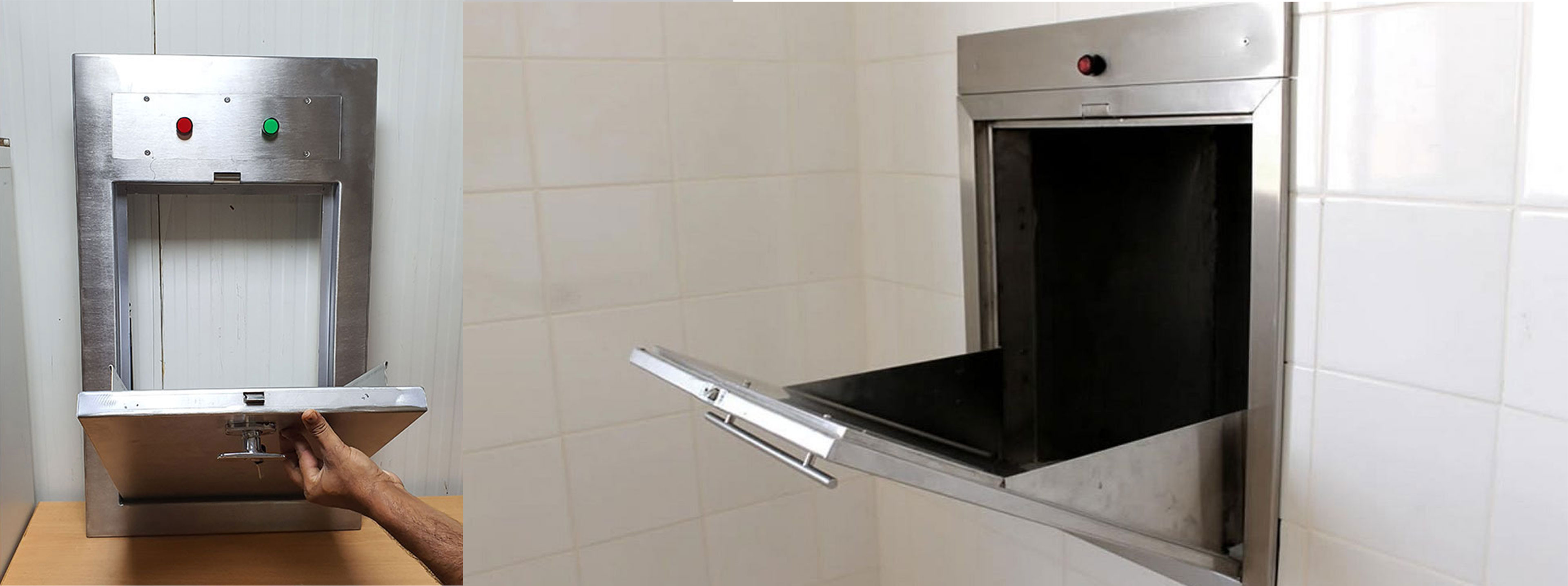Elite Group is one of the main manufacturers and suppliers of Debris Chutes in Saudi Arabia. When it comes to reducing construction time and costs, Elite Debris Chute is the most efficient and cost-effective solution available. Our debris chute eliminates dust and reduces the danger of flying debris on site, thus providing occupation safety to all on-site.
Getting the debris off-site can be a problem that not only results in loss of time and cost but is a nightmare for project engineers, so you need to go with a much safer choice. Here is what you need to know about Elite debris chute.
What is Debris Chute?
A debris chute is a temporary structure used to safely and efficiently remove debris, rubble, and waste materials from higher levels of a construction site to a lower level or directly into a dumpster or container.
It typically consists of a large, funnel-shaped chute made of sturdy materials such as metal or plastic, supported by a framework or scaffolding.
Construction workers can deposit debris into the chute from upper floors or elevated areas, allowing it to slide down to a collection point below. Debris chutes are commonly used in high-rise construction projects or renovation works where there’s a need to remove large quantities of waste materials from upper floors in a controlled and safe manner.
Debris Chute Dimensions
- Debris chutes are commonly made of durable materials such as high-density polyethylene (HDPE) which are lightweight and resistant to corrosion or metal that offers greater durability and strength
- A debris chute typically consists of multiple interlocking sections that are assembled to form a continuous chute. Each section is usually around 1 meter to 1.2 meters (3 to 4 feet) in length. The number of sections needed depends on the height of the building or structure and the desired length of the chute.
- The diameter of the chute can vary, but it is commonly around 50 centimeters to 80 centimeters (20 to 32 inches). Larger diameter chutes allow for easier passage of bulky or irregularly shaped debris.
- The chute is supported by a frame or scaffolding structure attached to the building or positioned independently. The frame provides stability and ensures that the chute remains securely in place during use. It may also include safety features such as guardrails and toe boards to prevent falls.
- At the top of the chute, there is typically an entry hopper or funnel-shaped opening where construction workers can deposit debris. The entry hopper may include a locking mechanism or safety grate to prevent unauthorized access and minimize the risk of debris falling back out.
- At the bottom of the chute, there is a discharge end where debris exits the chute and is collected for disposal. This may involve directing the debris into a dumpster or container on the ground or into a designated collection area.
- To enhance safety, debris chutes may incorporate additional features such as fire-resistant materials, anti-static properties, and warning signs or labels indicating proper usage and maximum load capacity.
Elite Debris Chute Benefits
- They significantly reduce the risk of accidents and injuries associated with manually carrying or throwing debris down stairwells or through elevators.
- Quick disposal of debris from upper levels helps to save time and labor costs on construction projects.
- Containing debris within the chute helps maintain a cleaner and more organized construction site.
- Debris chutes help prevent damage to the building structure and surrounding areas by safely directing debris to designated collection points.
- Debris chutes facilitate the collection and disposal of construction waste in a controlled manner, ensuring compliance with regulations and minimizing the environmental impact of the project.
- Debris Chutes’ efficiency in waste removal can lead to cost savings by reducing labor expenses, speeding up construction timelines, and minimizing the potential for costly accidents or damage.
Read more: Everything you need to know about Waste Management




